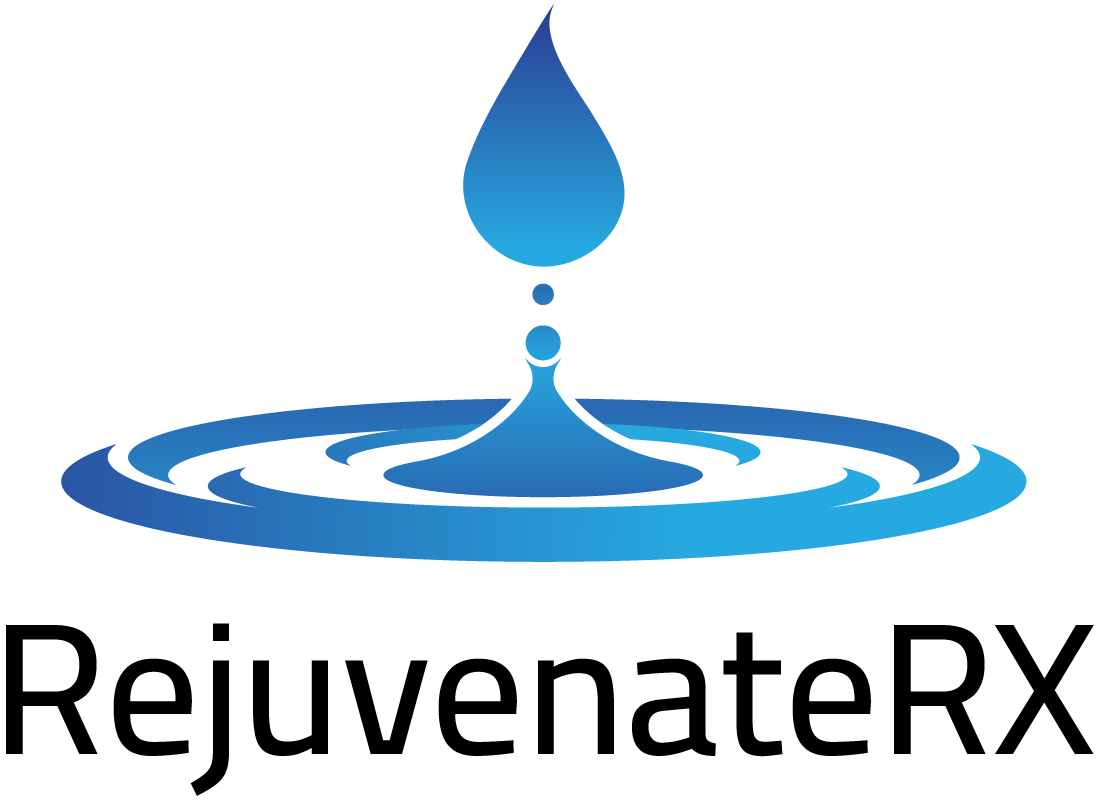IV therapy, or intravenous therapy, is an intervention process whereby fluids, solutions, vitamins, mineral salts, etc., are directly injected into the blood vessels. It also facilitates fast delivery of crucial nutrients and drugs to the body without being passed through the digestion process, thus assuring its assimilation after the least time possible.
The brief history of IV therapy.
Blood transfusion was attempted in the 17th century, which was the origin of IV therapy. Gradually, medical improvements gave rise to IV therapy’s use well beyond its initial purpose of blood transfusion. It has various applications such as medicating, rehydration, nourishing, and health-enhancing.
Why are IV therapeutic strategies used?
Modern healthcare utilizes IV therapy. It is commonly employed for:
Rehydration: This is particularly suitable for persons suffering from dehydration caused by sickness, strenuous exercise, and insufficient water drinking.
Nutrient Delivery: Vitamins, minerals, and amino acids are supplied in their purest forms directly into the bloodstream, hence enhancing their absorption.
Medication Administration: Ensures prompt administration of antibiotics, analgesics, and antiemetics.
Wellness and Performance Enhancement: It is often used by athletes and people who need additional energy or immune support.
Why is IV therapy effective?
Efficient Absorption: The body’s cells will be instantly provided with nutrients and fluids by bypassing the digestive system.
Hydration and Electrolyte Balance: Restore lost fluid and electrolyte levels quickly for rehydration.
Enhanced Wellness: Offers a straight-up source of vitamins, minerals, as well as antioxidants for general health support.
Tailored Treatments: Enables the development of tailor-made products to respond to different health issues.
How Does IV Therapy Work?
IV therapy is usually a procedure that involves an experienced person putting a sterile IV line through one’s vein, after which fluid, nutrition, or any other drugs needed are administered. These sessions are generally held in a clinically controlled environment.
Main Types of IV Therapy- IV Push and IV Drip
IV Drip: Slowly administers fluids and nutrients for a prolonged period of time that takes between half an hour and many hours.p
IV Push: A high-dose concentrate of medication or nutrients administered in the vein, often lasting several minutes.
IV Drip
Intravenous drip therapy involves continuous delivery of fluids, vitamins, minerals, or drugs through a catheter. It involves a slow release that enables controlled administration of drugs into the blood system. An IV drip is usually supplied in a bag hung over the patient such that the force of gravitation controls the drip flow through a tube.
Purpose and Duration
IV drips serve various purposes:
Hydration: Efficient replacement of fluids and electrolytes among dehydrated people.
Nutrient Delivery: Vitamins, minerals, and amino acids are administered in extended nutritional support.
Therapeutic Treatments: Drugs, as well as specific solutions for patients having chronic diseases or malnutrition problems.
An IV drip can be administered for 30-60 minutes at a time, depending on the kind and amount required by an individual body. The duration of sessions ranges from 30 min to a couple of hours, as prescribed by the treatment and recovery plan.
Process
During an IV drip session:
- In short, once, a medical professional has found a vein for an IV line.
- A controlled flow of prescribed fluid/solution gets introduced into the bloodstream through an IV line.
- The session allows patients to relax, read, or participate in other activities.
IV Push
Bolus administration, also called IV push, is a quick and direct route of introducing a concentration dose of medications, nutrients, or another substance into the circulating system. The IV push administers the fluid faster than the IV drip, taking approximately a few minutes.
Purpose and Application
IV push is commonly used for:
Rapid Medication Administration: Fast delivery of medication such as analgesics, antiemetics, and special food into the bloodstream with an immediate result.
Process
The IV push procedure includes:
- A healthcare professional inserts a separate syringe containing the concentrated medication/solution directly into the IV line.
- A brief time frame is used in giving administration to make sure that there will be rapid absorption and occurrence of effect.
- Sometimes, close monitoring should be undertaken in order to watch over the patient’s reaction to the quick infusion.
Key Differences Between IV Drip Vs IV Push
Speed of Administration: For instance, an IV drip provides a continuous slow-flowing supply over an extended duration of time, whereas an IV push is a rapid, concentrated dose administered over at most five or ten minutes.
Applications: IV drips are generally used for hydration, long-term nutrition support, or therapy purposes, and IV pushes are used for rapid medication administration and quick emergency intervention.
Different applications of IV drip and IV push demonstrate how essential these procedures are in medical treatment and allow nurses flexibility in administering medication. Therefore, the choice of an IV drip or IV push is dependent on a patient’s medical requirement as well as the urgency of their treatment.
What Vitamins Are Used in Iv Therapy?
Commonly, IV therapy uses a personalized vitamin cocktail containing vitamin C B complex vitamins, magnesium, calcium, and antioxidants such as glutathione.
Which Are the Most Common Iv Vitamin Cocktail Drips?
The Myers Cocktail, which contains different types of vitamins and minerals that may be useful in increasing energy levels and supporting immunity, is one of these famous IV drips. Also, it is common for immunity boosters to use high doses of vitamin C drips.
How Long Do the Effects of the Therapy Last in an IV System?
The results achieved from IV infusion differ in terms of the individual’s health, infused drug, and response to the injection. Immediate effects in those who feel them directly, and delayed effects occur within a few days to weeks.
How Much Is the Cost of the IV Therapy?
It is, however, essential to note that individual charges may vary depending on the administration’s type, the site’s location, qualified staff for administering this service, extra provisions, and many other factors.
Is IV Therapy Safe?
Yes, IV therapy is safe when it is administered to individuals under appropriate medical supervision by trained and certified healthcare practitioners in an organized healthcare setting. As for any other treatment, however, they could present individual complications or reactions. However, one must undergo IV therapy under the health practitioners’ care and supervision.
Conclusion
Finally, IV therapy is an appropriate and effective way of supplementing the body with liquids, foodstuffs, and drugs. Some IV treatment applications include hydration, nutrition, and enhanced overall wellness. Those willing to undergo IV therapy should visit a healthcare provider for guidance regarding the proper treatment plan, depending upon the individual’s unique conditions and objectives.


